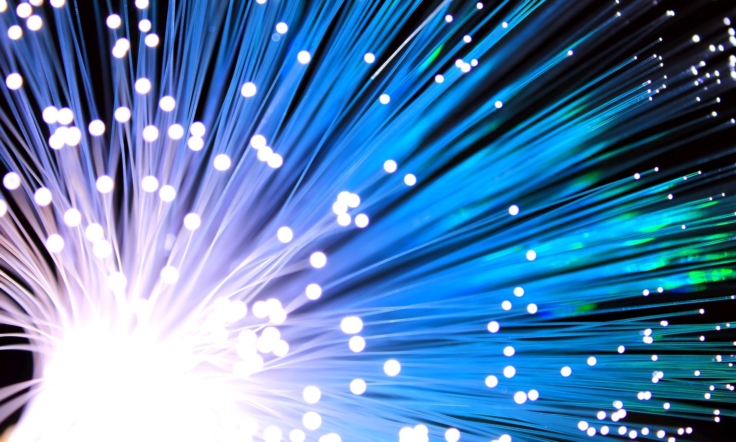
Along with advancing technology, the subject of wireless communication is also developing. The most important issue in wireless communication is the accurate and fast sending of data. Light communication has started to be made suitable for wireless communication in order to meet this speed requirement and it is still under development.
Li-Fi is a wireless communication technology, also known as “communication by light”. Optical network technology in wireless form uses LED light sources to enable wireless communication between devices.
Unlike Wi-Fi, it transmits data using LED light waves instead of electromagnetic waves. Some of the advantages of this technology are:
- Fast data transfer: Li-Fi can transfer data about 100 times faster than Wi-Fi. Therefore, its use is particularly advantageous in places that require high-speed data transfer.
- Safer: Because Li-Fi uses light waves instead of electromagnetic waves, it can’t take signals out of buildings almost entirely. This causes signals to stay in a limited area and provides a more secure connection.
- No electromagnetic radiation problems: Since Li-Fi does not emit electromagnetic radiation, this technology eliminates concerns about electromagnetic radiation causing health problems.
In order for a device (for example, tablet, phone, etc.) to connect with Li-Fi, it must make sense of the high-frequency signals coming from the light source. For this, light transceiver sensors are used. Thanks to the same sensor, data communication is carried out mutually between the light source – device and device – light source. New types of LED drivers are designed to make the light source suitable for high frequency data communication.
Li-Fi technology is not yet as common as Wi-Fi, but it has many different uses. For example, Li-Fi technology can be used in medical devices, industrial plants and even vehicles. Li-Fi can also be used in military communications due to its security and speed advantages.
Li-Fi technology is still under development and has some disadvantages. For example, Li-Fi signals are affected by obstacles, so it requires a clear view towards the light source where the signals are received. Also, natural light sources such as sunlight, environmental light can affect the signal quality.
For now, it is a matter of debate whether Li-Fi technology can replace Wi-Fi. If Li-Fi technology becomes widespread, high-bandwidth downloads and uploads can be downloaded in seconds by providing lightning-fast connections.
Comments





